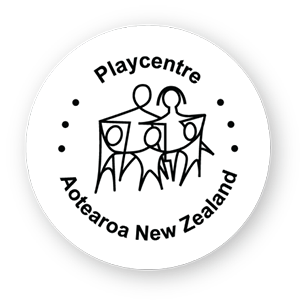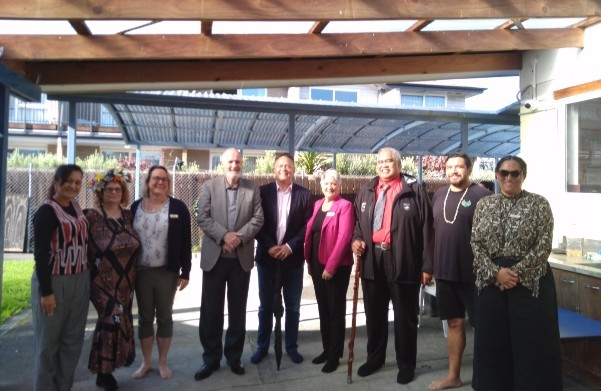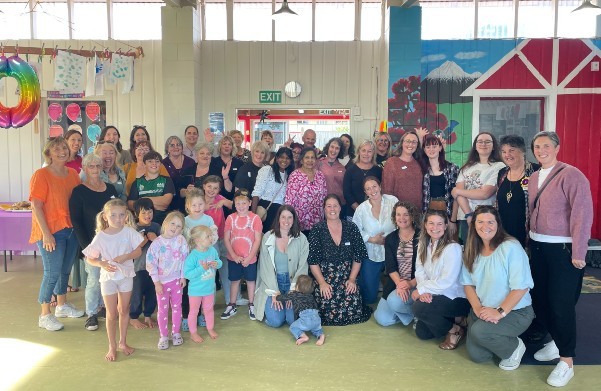Children’s Time for Real Play
This article, written by Beverley Morris in the third person, was first published in the Playcentre Journal, November 1996 (p. 22). It is re-published here, unchanged, as a tribute to her knowledge, mana and
inherent expertise of Playcentre philosophy. Despite being published more than twenty years ago, the article is still relevant for kaiako, and mokopuna, today.
“Freely chosen play in the child’s own TIME is essential to the development of self-image and self-esteem,” Beverley Morris told the IPA conference in Helsinki, Finland in August. IPA stands for the International Association for the Child’s Right to Play. In a paper entitled ‘Young Children’s Right to Time to Play,’ Beverley detailed her study of ten Auckland early childhood centres which found that while some centres valued children’s play and organised routines to ensure long periods of free play, others had routines which met the adult’s needs – and were damaging to young children.
Beverley, a life member of the Playcentre Federation, emphasised that TIME is required for the important learning during a child’s first five years. “To grow a healthy body the child needs hundreds of opportunities to
crawl, run, hop, dance and climb. “But too often parents and caregivers in our cities prefer the child to be sedentary and quiet,” she said. “Materials needs to be structured by CHILDREN so that they can see the relationships between means and ends. They need TIME to do this and to solve problems arising from their play. “Social engagement is fraught with minefields in the first years of life,” she said. “Unsophisticated toddlers often
believe that a frontal attack, for example, pushing and biting, is the best means of initiating a friendship! “Given TIME they learn more subtle and suitable approaches.” Social skills, such as sharing, also require TIME in order to allow the child to learn to delay “instant gratification.”
“In expressing creativity children spend hours just acquiring a skill, then a lengthy period of practicing the skills follows to perfect it – before passing on to the next step. This is where TIME to perfect it and then to try it in new creative ways is so essential.” Beverley pointed to increased pressure from parents and caregivers to accelerate children’s learning through formalising the curriculum. “But such ‘academic’ programmes usually reflect a
deficiency model demanding the premature practice of what one doesn’t know how to,” she said. But another trend in parenting is also worrying Beverley. She told the conference that New Zealand parents are choosing to diminish their children’s TIME to play by “allowing them to watch television programmes for extended periods and also by having them join baby swim classes, music groups, baby gyms and other organised activities outside the home for the preschool child.”
Beverley acknowledged a few exceptional children may require such activity, but for most children, what they require is TIME to (as Tina Bruce puts it) “muck about, daydream, fantasize, invent, explore and discover”.
“Where a programme is excessively controlled by the clock and the staff attempt to move all the children in one group, children are deprived of taking the challenging initiatives which produce competency in young
children,” she said. “As society shifts from the rigidity of the assembly line to the flexibility made possible by computerisation, children will be better served by education that fosters exploration, instead of that which fosters an unquestioning obedience to clocks and calendars.”




